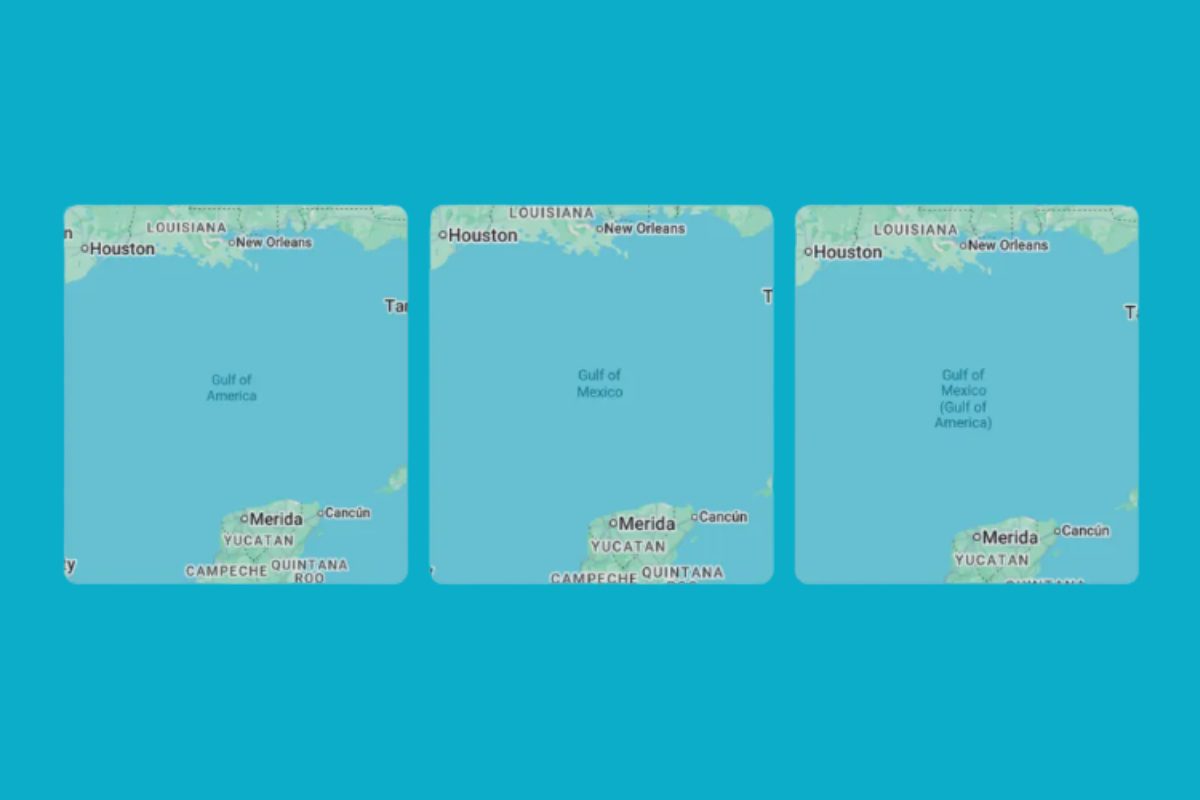In a significant cartographic shift, Google Maps has begun implementing the Geographic Names Information System (GNIS) official change from “Gulf of Mexico” to “Gulf of America” for users in the United States, marking a notable update in geographic nomenclature.
The transformation reflects Google’s adherence to official naming conventions while maintaining regional sensitivity.
Users accessing Google Maps within the United States will now see “Gulf of America,” while those in Mexico will continue to see “Gulf of Mexico.” For users outside both countries, the platform will display both names, ensuring comprehensive geographic reference.
This carefully orchestrated rollout, which began in early February 2025, demonstrates Google’s commitment to balancing official geographic updates with local cultural considerations.
The implementation follows the company’s established practices for handling regional name changes on its mapping platform.
The technical aspects of the name display are determined by several factors. For mobile users, the displayed name depends on their country location, which is identified through their device’s operating system information, including SIM card, network connection, and locale settings.
Web-based users will see names based on their selected region in Search settings or their device’s location if no specific region has been chosen.
This update represents one of the most significant geographic name changes in recent U.S. history, affecting how millions of users interact with and reference this major body of water.
The dual-naming approach helps maintain diplomatic sensitivity while adhering to official U.S. geographic standards.
The change has implications for educational institutions, publishing houses, and various organizations that rely on geographic references. These entities will need to update their materials to reflect the new official designation while potentially acknowledging both names in international contexts.
Google’s implementation of this change aligns with its historical approach to geographic name updates, prioritizing official recognition while maintaining cultural sensitivity.
This method has proven effective in managing similar geographic name changes across different regions globally.
For users, the transition will be seamless, as the platform automatically displays the appropriate name based on their location. This approach minimizes potential confusion while respecting both the official U.S. designation and international perspectives.
The update serves as a reminder of the dynamic nature of geographic naming conventions and the increasing importance of digital platforms in implementing these changes effectively while maintaining global accessibility and understanding.
News Source: https://blog.google/products/maps/united-states-geographic-name-change-feb-2025/




